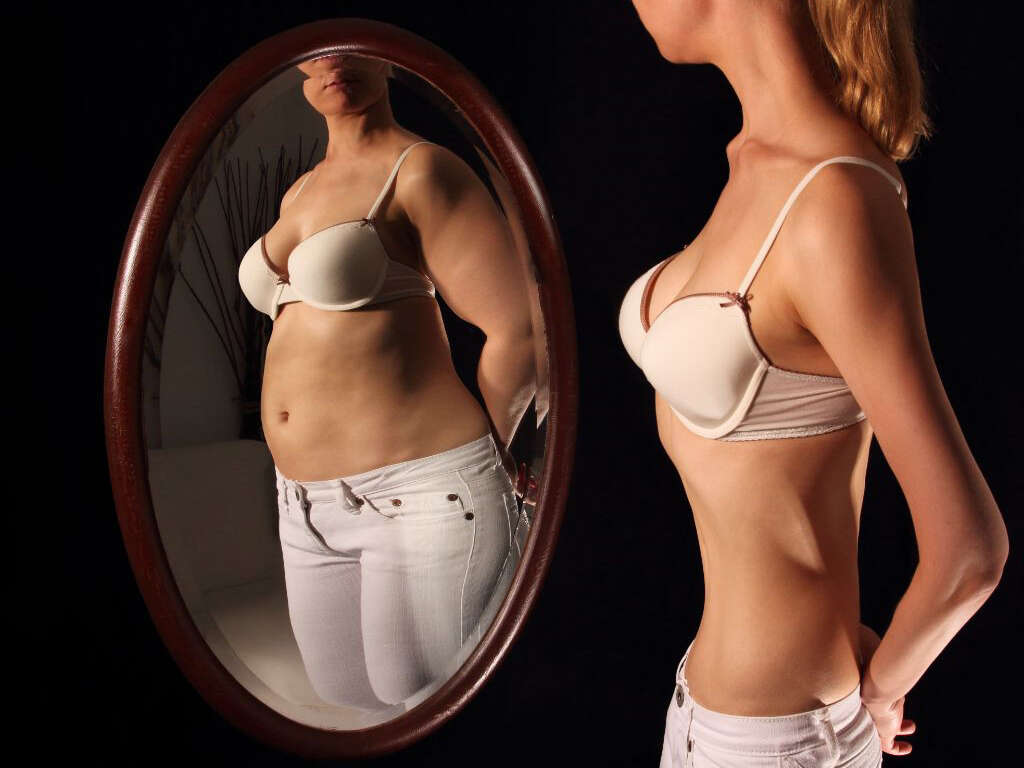What Is Dysmorphia?
Many of us like to be looking at our best, particularly when we are around other people. This means that we are likely to spend some time working on our appearance, and some people are likely to spend more time on it than others. This is quite natural, but it can be problematic in some people.
For some people, their appearance can become an obsession in a mental health disorder known as dysmorphia. They can become so concerned about their appearance that they will find flaws that other people cannot see. It is most likely to happen in teenagers, and it is a condition that should be taken very seriously.
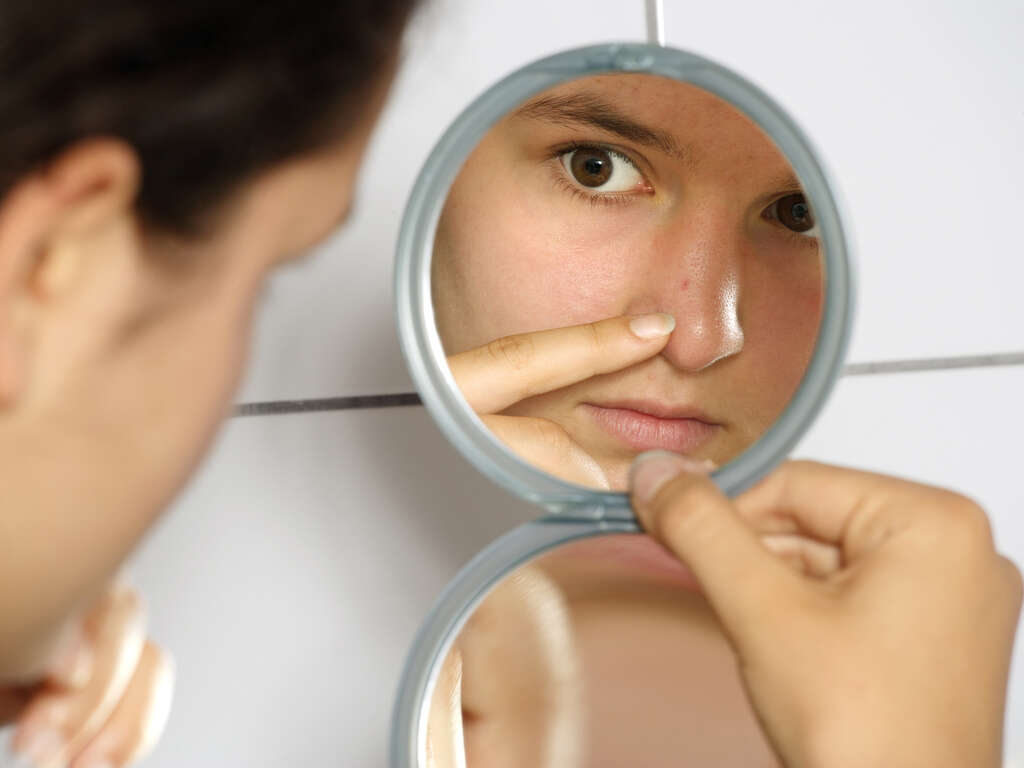
1. Body Dysmorphic Disorder
Dysmorphia, also known as body dysmorphic disorder, is a condition where the patient becomes abnormally concerned over even the slightest of perceived flaws in their appearance. In many cases, the patient will be overly concerned over a flaw that is relatively minor. It might be a slight blemish somewhere on their skin, for example. At other times, there may be no distinguishable flaw at all.
It can concern them to the point where it has a considerable impact on their day to day lives. It can also lead to some very severe complications. It is a condition that will likely mean the patient will need to be found professional assistance.

2. Causes
We have barely scratched the surface in regard to the functioning of the brain, and just how the mind works is something that we are still short of answers on. This means that when mental conditions like dysmorphia occur, it can be very difficult to know exactly what is causing it.
We do, however, know that the condition is closely linked with a number of factors. One of these is abnormalities in the patient’s brain. Experiences the patient has had can also contribute to the condition, and patients will sometimes have been through harrowing experiences that were related to their physical appearance.
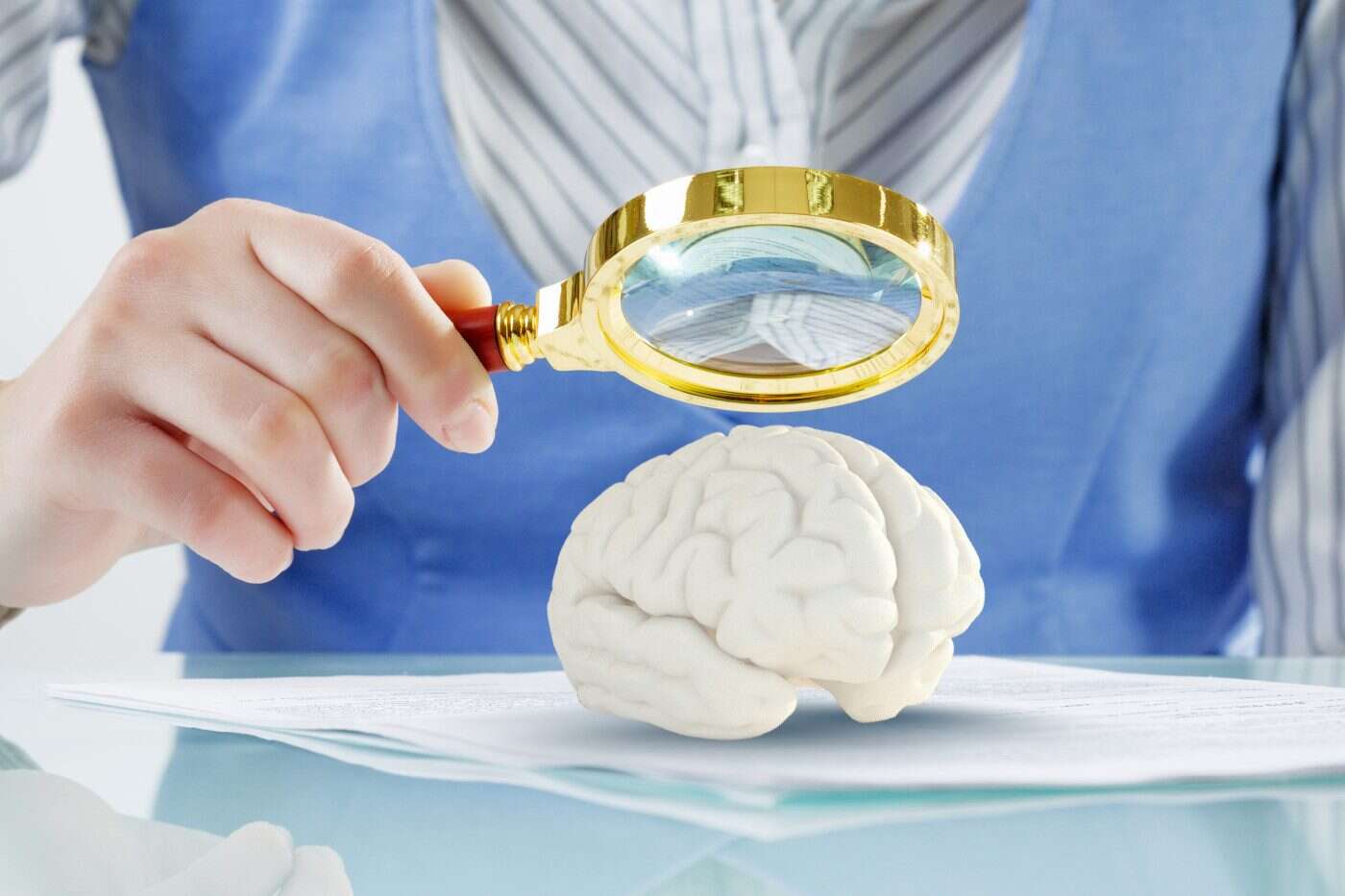
3. Symptoms
Symptoms of dysmorphia generally involve obsessions with anything about how the patient looks. Some might look in the mirror and think that they look ugly, and it can be extremely difficult for them to deal with. Patients with the condition will often spend an unusual amount of time in front of the mirror looking as a result.
The patient’s body size and dimensions are also a common concern. They might be concerned they are too fat, too skinny, too tall, or too short. They will often try and dress in a way that will help to hide these perceived flaws. It is not uncommon for patients with dysmorphia to get cosmetic surgery, and they will often not be happy with the results.
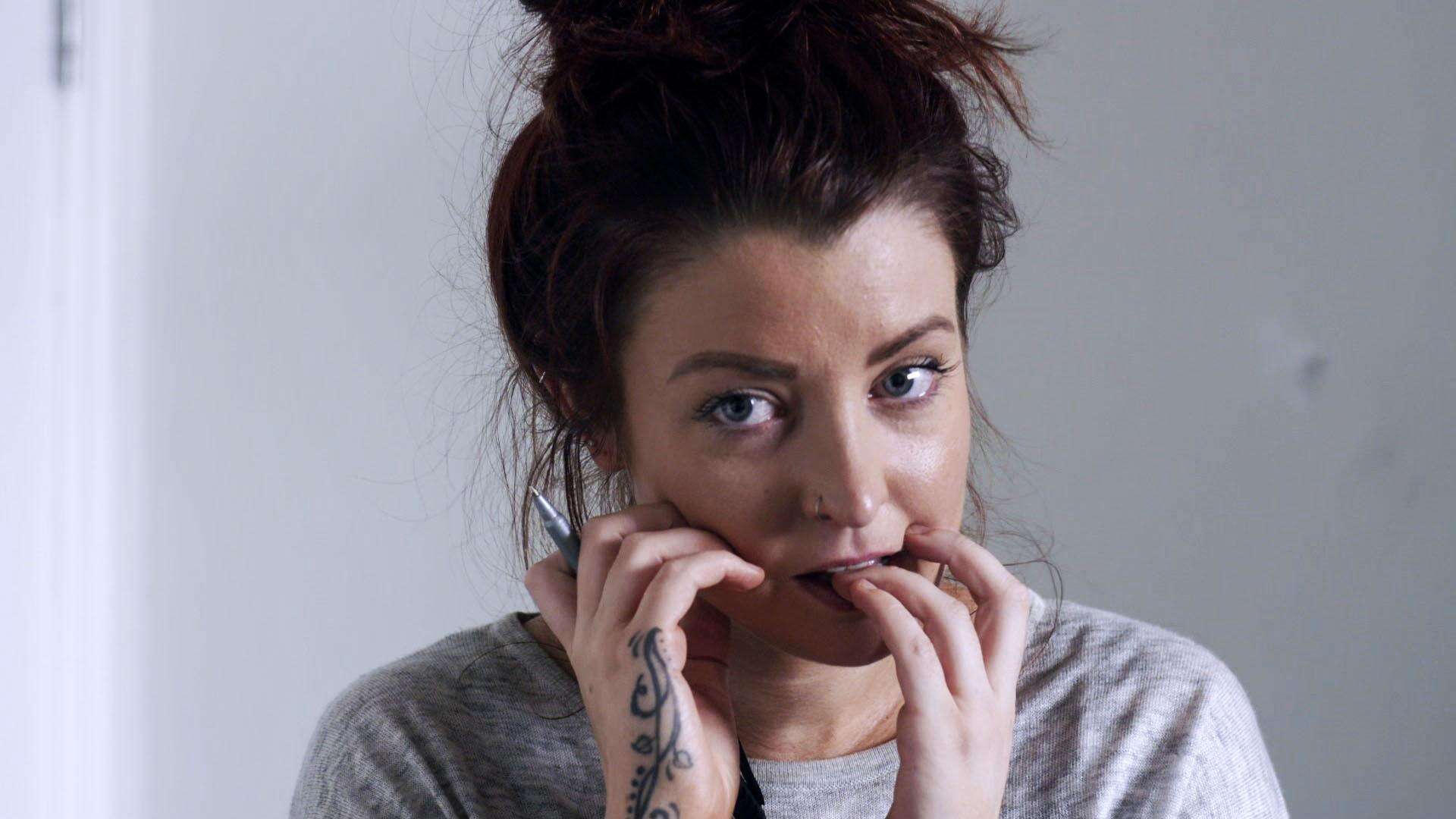
4. Reluctance To Get Help
People with dysmorphia will often be feeling extremely embarrassed about their appearance. This can make them reluctant to talk about their condition and reluctant even to be seen in public. This includes a reluctance to go and see a professional about their condition.
If the patient does not seek expert assistance then their condition is only likely to worsen. In some cases, it will worsen to the point where the patient’s very life is at risk. Thus, if you do know of somebody showing symptoms of the condition then you should do what you can to encourage them to get help.

5. Perception
Different people will have different perceptions about the condition if they have it. Many patients will be able to recognize that their anxieties are not rational. Or at least that their level of anxiety doesn’t match the extent of their flaws. They may recognize that the reality is that there’s little to be concerned about and that their anxiety is the result of a mental disorder.
For other people, however, they believe that their concerns are genuine. They can be convinced that their perceived flaws are very real, even when other people can see no flaw at all. Those that feel this way about their condition are more likely to find that their life experiences a severe disruption.

6. Who’s At Risk?
So little is known about dysmorphia that it can be extremely difficult to tell which people are likely to develop it. However, there are some correlations between the condition and certain types of people. For example, it is more likely to affect teenagers, and it is more likely to affect females than males.
Other factors include a history of the condition in the family. Some people with the condition will also have a history of having other mental disorders. People that are exposed to heavy scrutiny, such as those with celebrity status, may also develop the condition. It is also more likely to occur if the patient has experienced intense teasing over their appearance in the past.

7. Complications
The symptoms associated with dysmorphia can be enough to cause a considerable disruption to the patient’s life. In the more severe cases, the symptoms can cause a considerable threat to the patient’s overall health. It might even cause them to lose their lives altogether. Dysmorphia can lead to other, potentially severe, medical conditions.
These can include eating disorders, anxiety disorders, and even obsessive compulsive disorder. Some patients will develop dependencies on substances and this will likely exasperate their symptoms further. The condition can also cause severe depression. There is also a chance of potentially severe infections caused by the patient picking at their skin and other body parts.
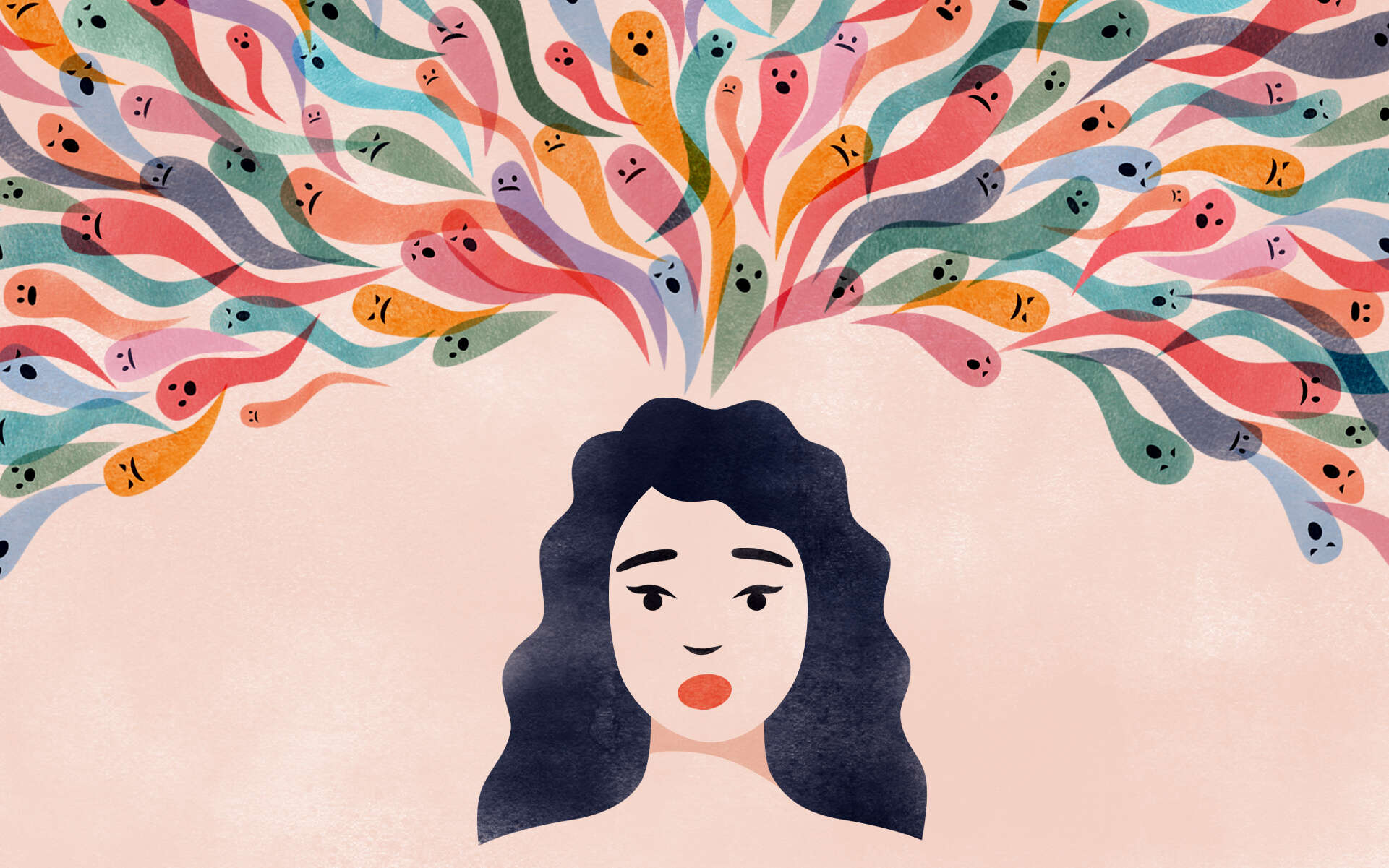
8. Prevention
Our lack of understanding regarding body dysmorphic disorder means that it is very difficult to treat, and to prevent. It is extremely difficult to know who might develop it and it can also be very difficult to recognize the symptom once it starts. Certain lifestyles may make it less likely that somebody will develop it, however.
It can be very important to let teenagers know that they don’t necessarily have to conform to societal expectations. It is important to let all people known that they are loved no matter what they might think about their appearance. It is also important to keep an eye out for signs that somebody might be struggling, and recognizing conditions early on can make treatment easier and more effective.

9. Diagnosis
Because there are usually no physical symptoms, mental health conditions can be extremely difficult to diagnose. However, a physical examination will still often be performed in case there are some underlying health conditions that might be at least contributing to any mental health condition.
A mental health expert will then need to speak with the patient. They will need to ask the patient questions about their medical history, their past experiences, their family life, and so on. The patient will be asked about the patient’s symptoms, how they feel about them, and the impact it is having on their lives.

10. Treatment
One of the most effective ways to treat dysmorphia is through therapy sessions with a cognitive behavioral therapy expert. One of the main purposes of these sessions is to help the patient understand that negative thoughts regarding their bodies are not necessarily rational.
It is important that mental health patients are taught the skills they need to be able to manage their symptoms as best they can themselves. This includes teaching them to resist urges to take part in any behavior that might be destructive. Patients with dysmorphia will also often have other mental health conditions, and medication may be deemed necessary to treat these also.








